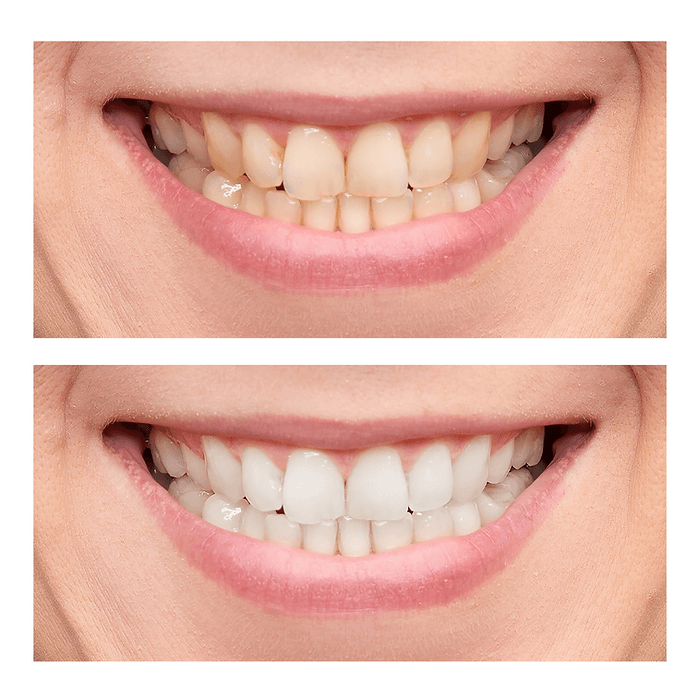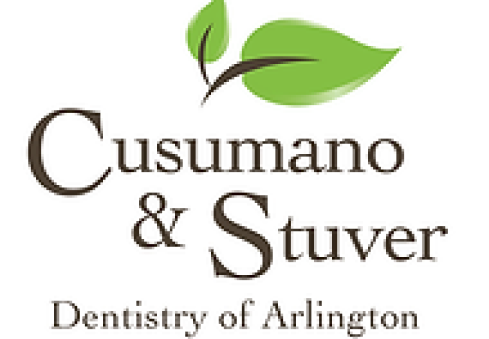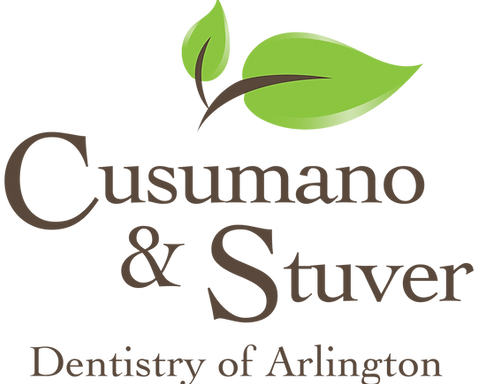A white and bright smile is a goal that most of our patients have, but some find that despite their best efforts to brush their teeth regularly, they still have stained teeth. There are several causes for tooth discoloration:
- Intrinsic — when tooth discoloration is caused by something inside your teeth or body.
- Extrinsic — when tooth discoloration is caused by something that comes in contact with your teeth.
- Age-related — when tooth discoloration happens later in life.
Intrinsic: Tooth Trauma
Intrinsic tooth discoloration occurs when the inner structure of the tooth, the dentin, begins to darken or develop a yellow tint. This type of discoloration can develop because of a trauma to the tooth and discolor the teeth from the inside out. Some childhood tooth traumas can affect the permanent tooth beneath it. Even as an adult, if you experience internal bleeding it can potentially discolor the damaged tooth.
Other causes can be due to illness — some medications you take can cause tooth discoloration, and treatments such as chemotherapy and radiotherapy can also affect the color of your teeth. Certain infections in pregnant mothers can lead to tooth discoloration in their babies by affecting enamel development (the outer layer of the tooth). If you have questions about intrinsic discoloration, come and see us at our dental practice in Arlington and we can help answer your questions.
Extrinsic: Food And Drink
What you consume throughout the day is a large contributor to surface stains on your teeth. Extrinsic tooth discoloration occurs when the enamel becomes stained. This type of discoloration can be caused by pigments, acidic content, and other chemical factors (natural or artificial) present in things we eat and drink.
A few common culprits for tooth stains include:
- Wine
- Coffee
- Tea
- Soda
- Sports drinks
- Berries
- Hard candy
- Tomato sauce
- Soy sauce
- Beets
Although these foods and drinks may not have an immediate effect on the color of your teeth, over time, they can wear away and cling to enamel and cause stains. Therefore, it’s important to consume these in moderation.
Age-related
As you age, enamel, the outer layer of your teeth wears away, revealing the natural color of dentin. The dentin inside our teeth naturally yellows as we age. Enamel on the outside of teeth also thins as we get older, allowing the yellow pigment of the dentin to show through. Over your lifetime of consuming stain-causing foods or smoking you may get deep-set stains on the enamel’s surface.=
How to Brighten Your Smile
There are many options for reducing stains, but it’s important to visit one of our experienced dentists at Cusumano & Stuver to understand the causes behind your tooth discoloration so they can provide you with the correct treatment to rectify the issue. Other precautions you can take in the meantime, include:
- Brush and floss after every meal. At the very least, rinse your mouth with water.
- Reduce your consumption of stain-causing foods and beverages.
- Cut back or ideally quit smoking.
- Drink staining-causing drinks with a straw to reduce the contact they have with your teeth.
- Get your teeth cleaned regularly — plaque, the sticky film on your teeth acts as a great home for the stain-causing foods and liquids, so it’s important to have this cleaned off regularly.
- If you experience any dental trauma, make sure to visit your Arlington dentist right away.
- Ask your dentist about teeth whitening options.
Call the team at Cusumano & Stuver Dentistry of Arlington to make an appointment with any questions or concerns about tooth discoloration.



